Panama: Highlights
The exciting southern isthmus of Central America is the best place in the world to see both Crested and Harpy Eagles at known nests, along with specialties such as Black-crowned Antpitta, Blue Cotinga, the monotypic Sapayoa, and Rufous-vented Ground-Cuckoo. It is hard to strike a balance in Panama since targeting every specialty would take more than a month and include at least ten days of strenuous hiking and camping! We have opted to instead design an enjoyable tour, focusing on the best birds with only a handful of moderately tough walks and just five nights of camping.
Next Dates
17 January - 29 January 2026 (13 days)
Leaders:
Daniel Aldana Schumann
Group Size Limit:
6
Single Room Supplement: $
400 USD
Deposit: $
750 USD
Price: $
5400 USD
Add a Title
Leaders:
Daniel Aldana Schumann
Group Size Limit:
Add a Title
Single Room Supplement: $
TBD
Deposit: $
TBD
Price: $
TBD
Add a Title
17 January - 29 January 2027 (13 days)
Leaders:
Joachim Bertrands
Group Size Limit:
6
Single Room Supplement: $
400 USD
Deposit: $
750 USD
Price: $
5600 USD
Add a Title
Leaders:
Joachim Bertrands
Group Size Limit:
Add a Title
Single Room Supplement: $
TBD
Deposit: $
TBD
Price: $
TBD
Add a Title
Accommodation:
Camping at Rancho Frio/Rancho Plastico, and a fairly basic lodge at Nusagandi. The rest of the tour uses comfortable hotels.
Walking difficulty:
While much of the tour is easy walking, there are some specific days where the walking is moderate (specifically when we head out from Rancho Frio to the eagle nests, which can be several hours away). Participants on this tour should at a minimum be able to walk for several kilometres on moderate-grade forest tracks at birding pace. Anyone who wishes to go up to Rancho Plastico (optional) should be very fit and comfortable walking for 4+ hours on steep uphill trails.
Tour cost includes:
All accommodation, main meals, drinking water, internal flights (as stated in itinerary), overland transport, tips to local drivers and guides, travel permits, entrance fees, and guide fees.
Tour cost excludes:
Flights before and after the tour start/end, visa, travel insurance, tips to tour leaders, laundry, drinks, and other items of a personal nature.


Day 1: The tour starts this evening at a hotel near Panama City International Airport (PTY) for dinner.
Day 2: Driving east to Yaviza, we will stop along the way at a roadside restaurant with feeders attended by Sapphire-throated, Scaly-breasted, and Snowy-bellied Hummingbirds. After arriving at the edge of the Darien Wilderness, we take a short boat ride across Rio Chucunaque to the trailhead before starting a 3-hour walk at birding pace into Rancho Frio. Porters will carry all our gear and set up the campsite in the middle of pristine lowland rainforest, which will be our home for the next five nights.
Day 3-4-5-6: We have four full days to explore the area, but we will start with eagle time! Several known Harpy Eagle and Crested Eagle nests are accessible every year in this vast area of rainforest, so we stand very, very good chances of connecting with both of these monster predators! Around Rancho Frio, there are also several lowland Choco endemics and other targets to keep us busy: Black-tipped Cotinga, Plumbeous and Semiplumbeous Hawks, Grey-cheeked Nunlet, “Choco” Crimson-bellied Woodpecker, Saffron-headed Parrot, White-ringed Flycatcher, Speckled Mourner, Choco Sirystes, Rufous Piha, Stripe-headed Wren, Slate-throated Gnatcatcher, and Scarlet-browed Tanager. With luck, we will find an ant swarm, which may be attended by Ocellated Antbird, the amazing Black-crowned Antpitta (Pittasoma), or Rufous-vented Ground Cuckoo. If not here, we will have several more chances for these desirable army-ant obligates during the trip! At night, we have a reasonable chance of finding Choco Screech Owl, Crested Owl, and Spectacled Owl around our rooms. Other more widespread species might include Spectacled Parrotlet, Spot-crowned Antvireo, Dull-mantled and Zeledon's Antbirds, Streak-chested Antpitta, Slaty-winged Foliage-gleaner, and Lemon-spectacled Tanager. Some rarer inhabitants could turn up too, such as Great Curassow, Marbled Wood Quail, Olive-backed Quail Dove, Crimson-bellied Woodpecker, Saffron-headed Parrot, or Green Manakin.
On one day, we will explore a trail deeper into the Darien. The first stretch is a gradual incline with some excellent birding, which will keep us occupied the whole morning. The endemic Stripe-cheeked Woodpecker can be found here, along with many excellent species like Central American Pygmy Owl, Slaty-winged Foliage-gleaner, Scaly-throated Leaftosser, White-headed Wren, Pale-vented Thrush, and Emerald Tanager. If we are lucky, we might even encounter the rare Choco Tinamou. At the halfway point, most of the group will return to camp, while anybody who wishes can continue for another 3 hours steeply uphill to spend a night at Rancho Plastico. Porters will be carrying the camping gear, but the walk is certainly strenuous. Going all the way up gives the only real chance for Tawny-faced Quail, Wing-banded Antbird, the mega near-endemic Viridian Dacnis, Choco Tapaculo, Yellow-browed Shrikevireo, and the shy Violaceous Quail Dove. There is a chance for the retiring Russet-crowned Quail Dove, while Tooth-billed and Pierre Hummingbirds and Pierre Warbler are possible around the camp (but these usually require several more days of hiking). Nights camping in Rancho Frio.
Day 7: We will walk out from Rancho Frio this morning and drive to Meteti for an overnight stay. This afternoon, we will do some roadside birding in search of Blue Cotinga, White-eared Conebill, and the range-restricted Black Antshrike (if we did not already see it in the Darien). Night in Meteti.
Day 8: Boat trip along Rio Tuquesa searching primarily for the near-endemic Dusky-backed Jacamar, among some other more widespread species like Agami Heron, Black Oropendola, Double-banded Greytail, Great Green and Chestnut-fronted Macaws, and several species of hummingbird. After lunch, we’ll head back west to Nusagandi, hopefully arriving in time for the nectar feeders; Violet-capped and Violet-bellied Hummingbirds are usually in attendance, along with Long-billed and Stripe-throated Hermits and Crowned Woodnymph. Night near Nusagandi.
Day 9: Nusagandi is an excellent and easily accessible forest reserve where the monotypic Sapayoa is the biggest target, along with Speckled Antshrike and Sulphur-rumped Tanager (two tricky near-endemics). We will also have more chances for the endemic Stripe-cheeked Woodpecker and Choco Manakin, plus a vast array of mid-elevation hummingbirds and tanagers. Night near Nusagandi.
Day 10: Following a final morning of birding at Nusagandi, we will head back to Panama City for overnight.
Day 11-12: Two full days in Soberanía National Park on the outskirts of Panama City, birding along the legendary Pipeline Road, plus visiting the Rainforest Discovery Center and canopy tower. Key species in this area are numerous, but we will be focusing on Pheasant Cuckoo, Tiny and Semiplumbeous Hawks, Streak-chested Antpitta, Black-breasted Puffbird, Great Jacamar, Brownish Twistwing, Spot-crowned Antvireo, Grey Elaenia, and the unassuming endemic Panama Tyrannulet. This is another excellent area to search for ant swarms for more chances at Rufous-vented Ground Cuckoo, Ocellated Antbird, Black-headed Antthrush, or maybe Slaty-backed Forest Falcon. In recent years, the amazing Black-crowned Antpitta (or Pittasoma) has been easier to see at regular stakeouts southwest of the city, so if one is active and we still need it, one of our mornings will be spent over there. Nights in Panama City.
Day 13: We will spend our last morning looking for any missing targets along the Pipeline Road and will also try for Rosy Thrush-tanager at a site in Panama City. We then return to the airport, where the tour ends after lunch.
NOTE: We can arrange a four day extension to the far west of Panama, where it is also possible to see Maroon-chested Ground Dove and Wrenthrush at reliable feeding stations. There are also several endemic or near-endemic species in this region: White-throated Mountaingem, Veraguan Mango, Ochraceous Peewee, Yellow-green Brushfinch, Coiba Spinetail, Azuero Dove, “Azuero” Painted Parakeet, “Drab-breasted” Yellow-throated Bush Tanager, and “Chiriquí” Olive-crowned Yellowthroat. These are all attainable with a highly targeted four-day itinerary. Glow-throated Hummingbird is possible with extra days, but requires a strenuous hike and is not guaranteed.

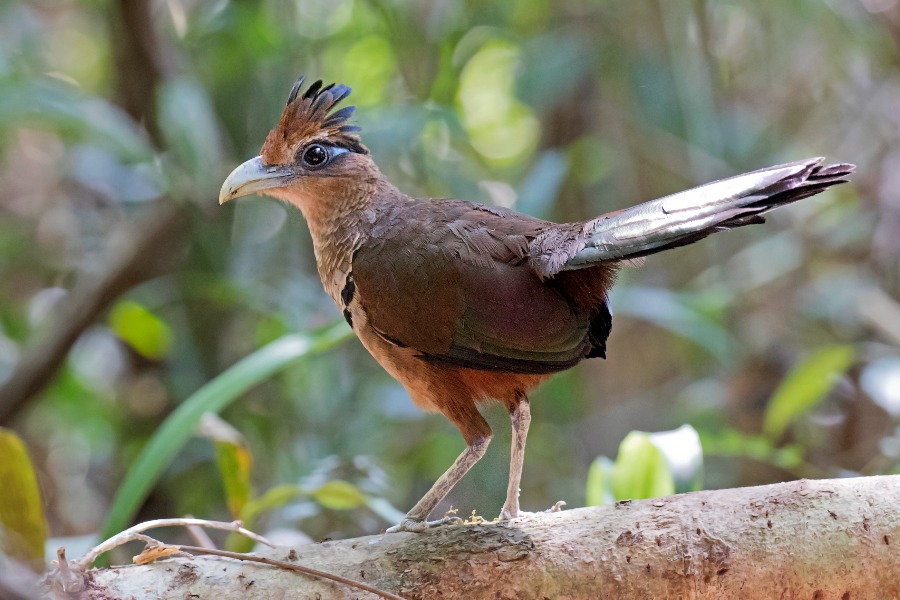

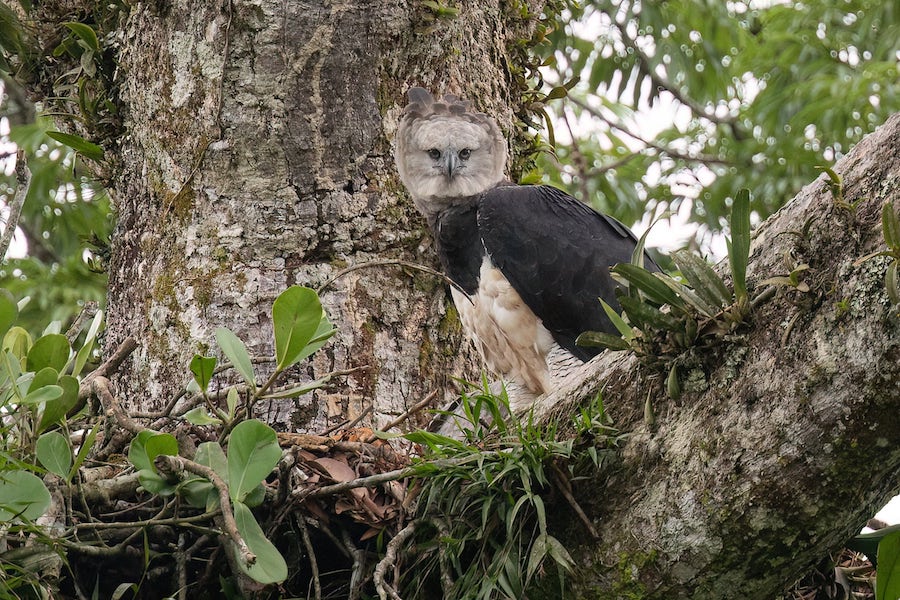

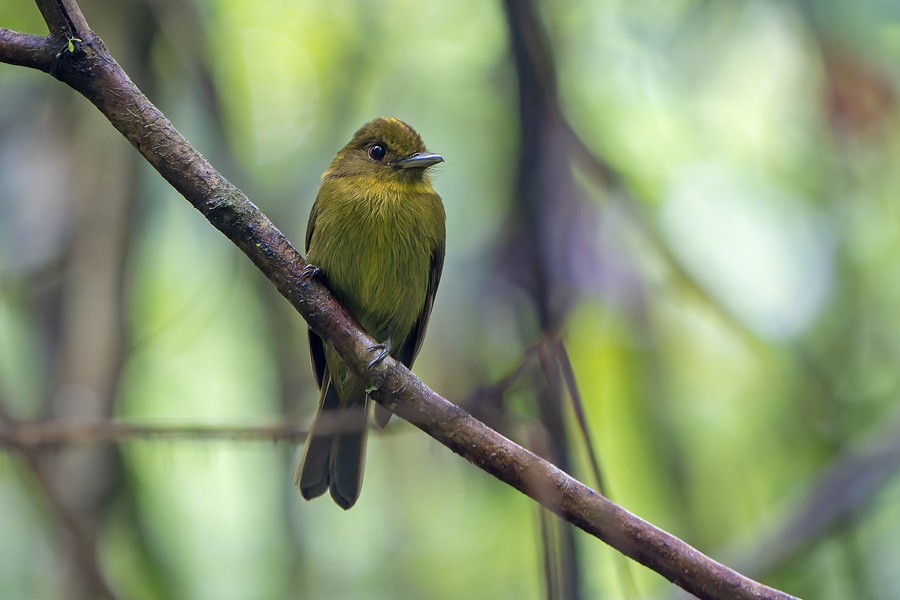





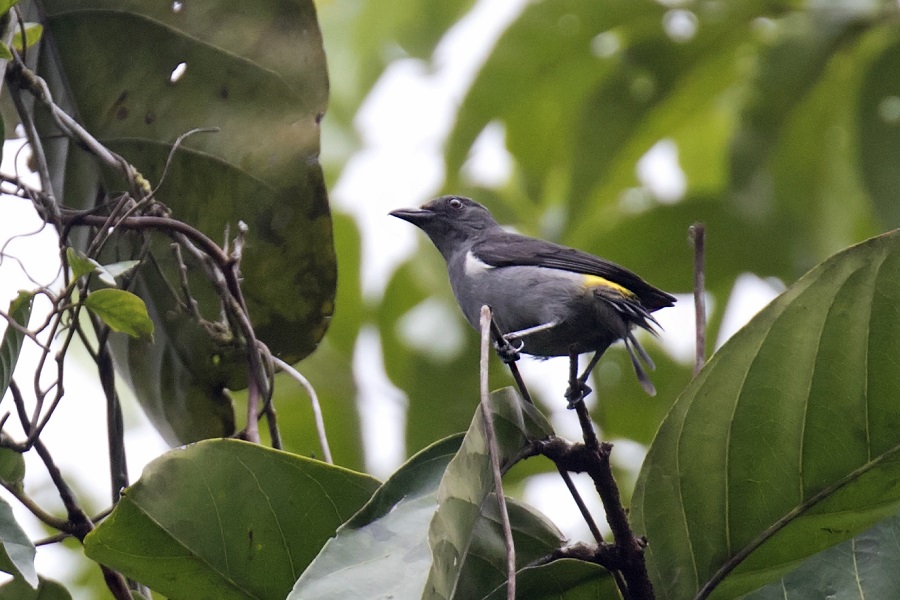

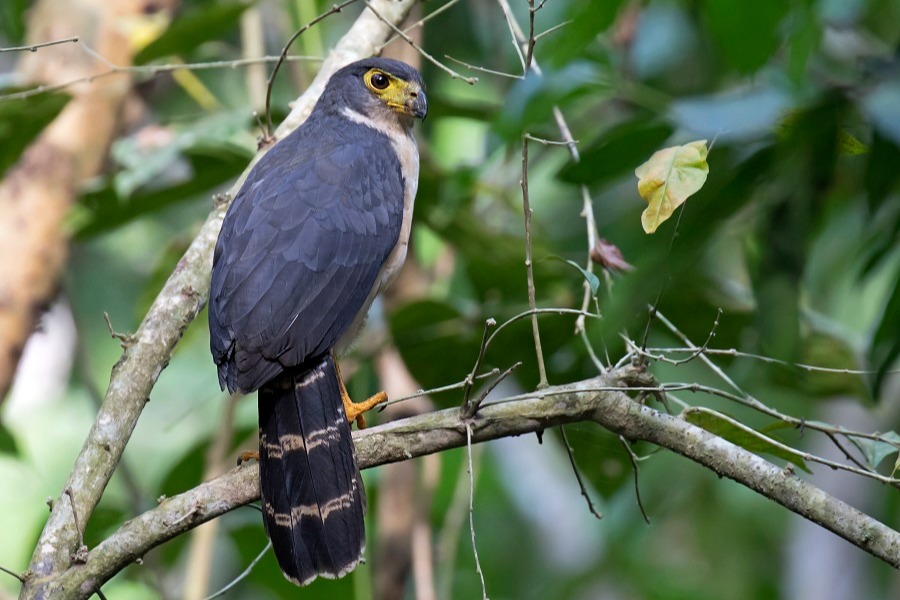

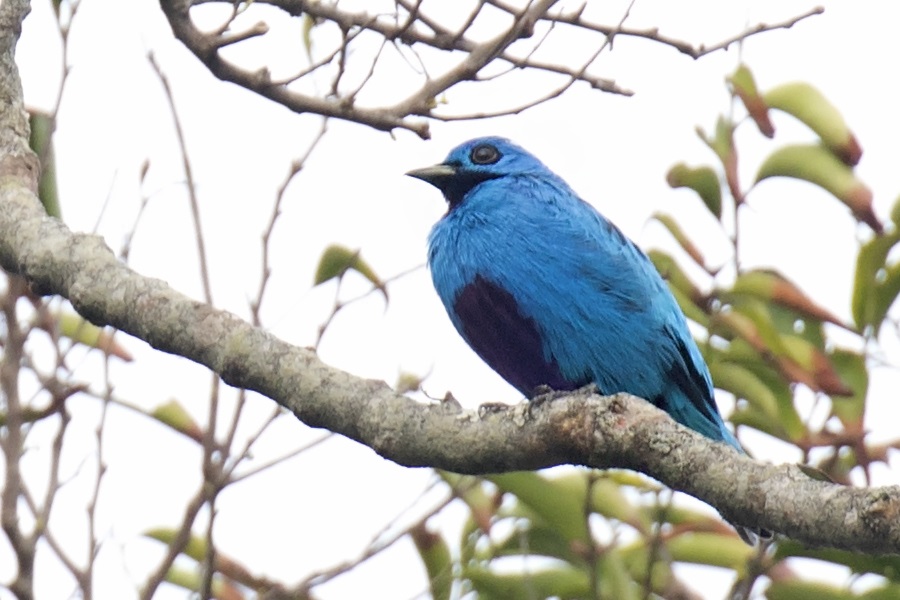

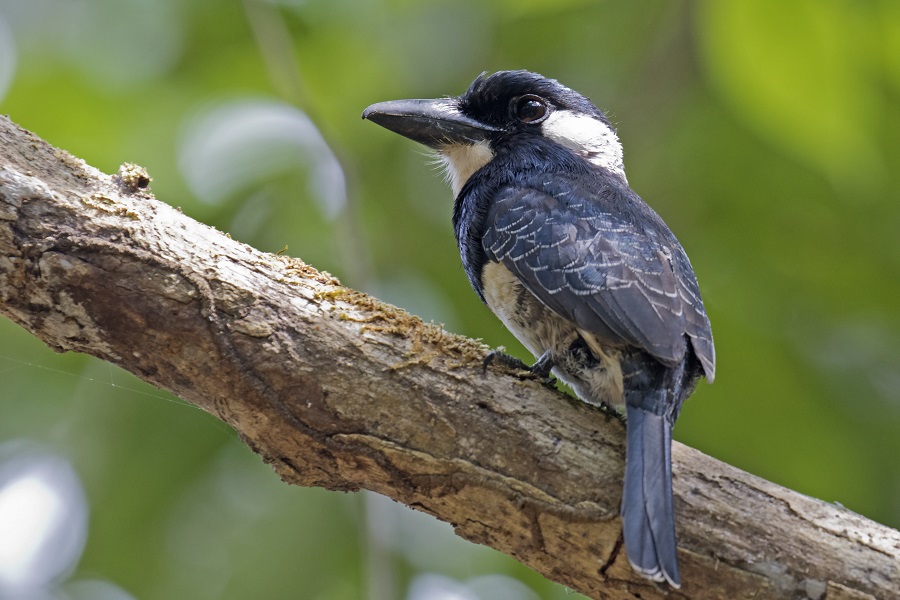

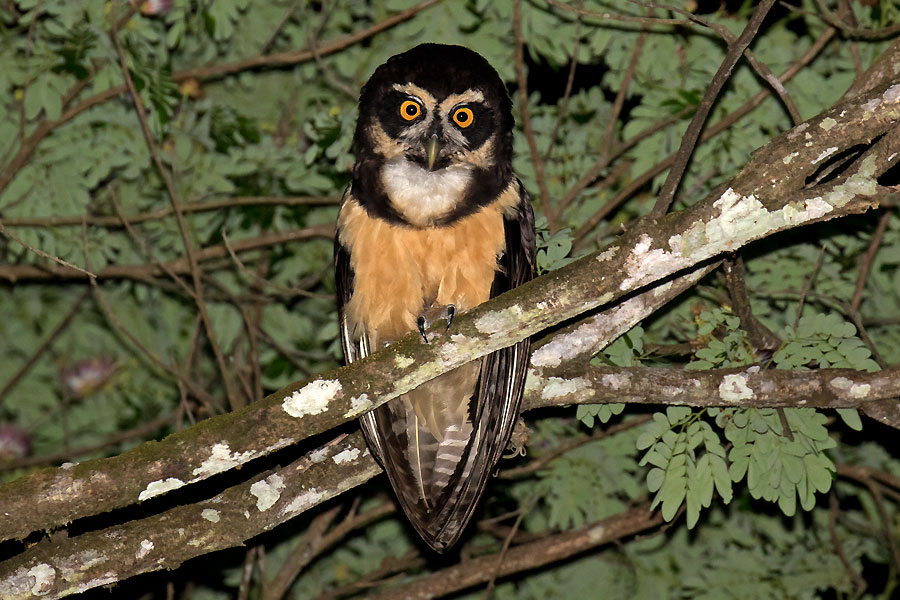



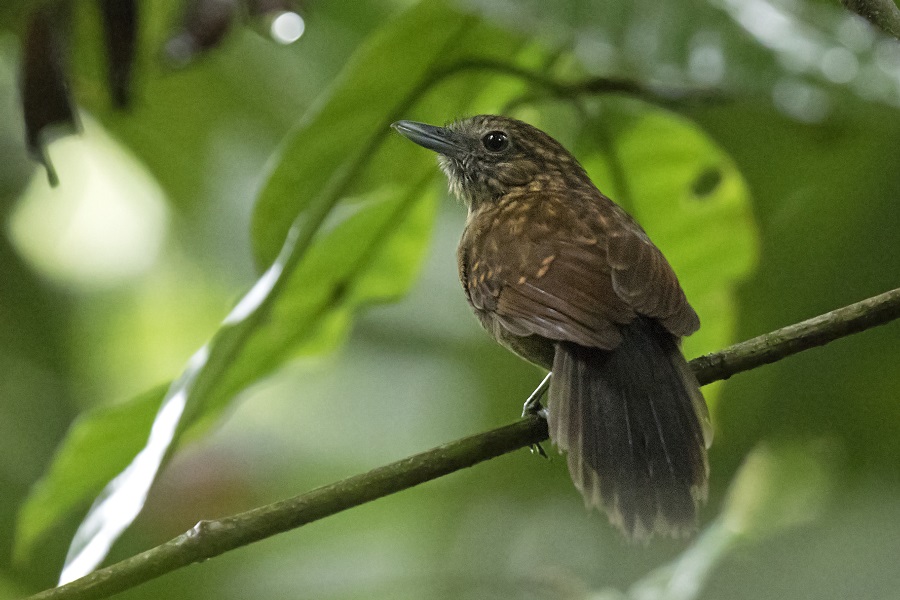

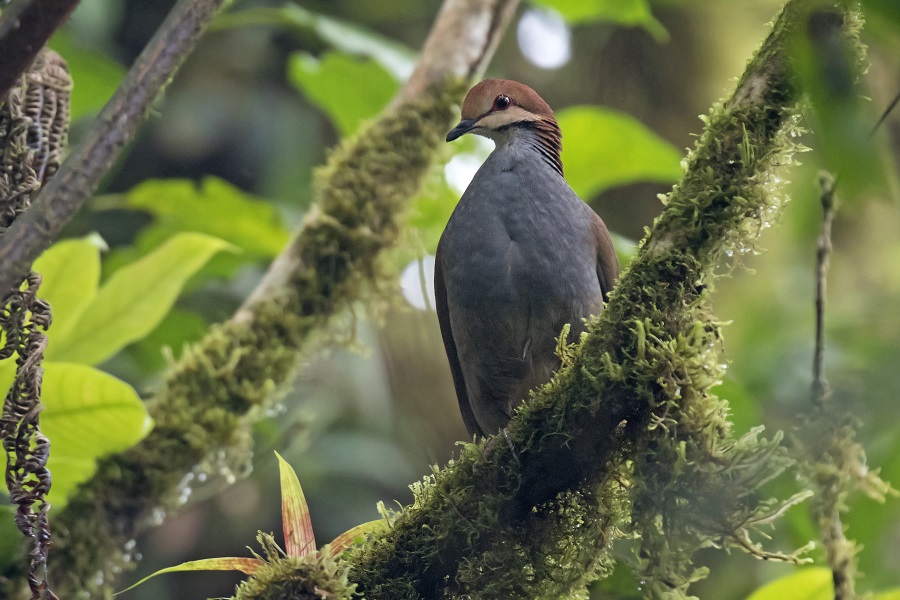

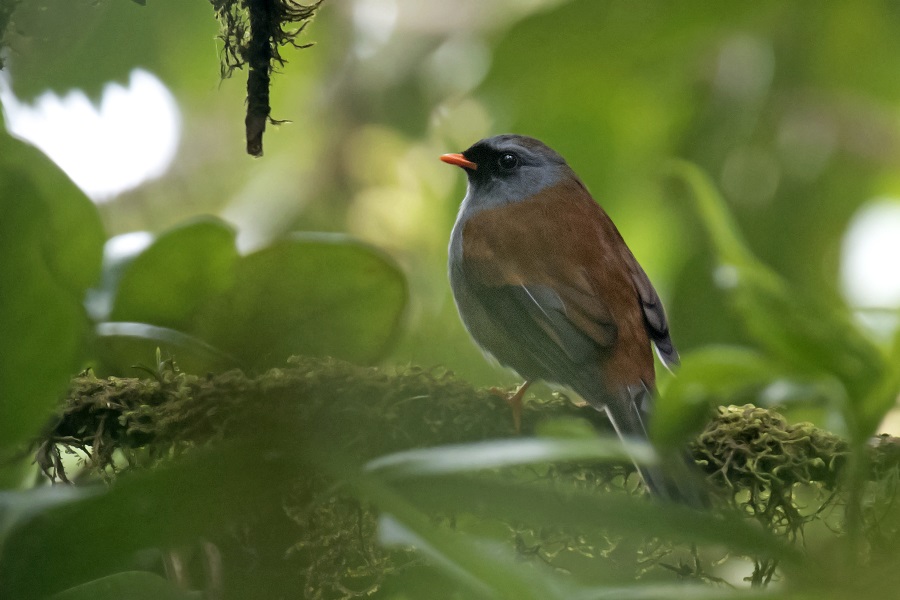
.jpg)



